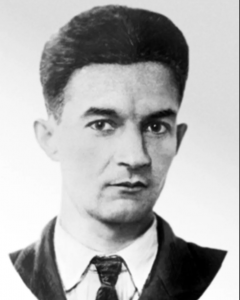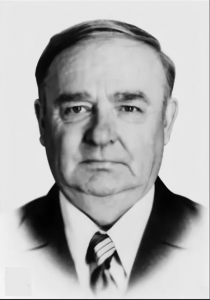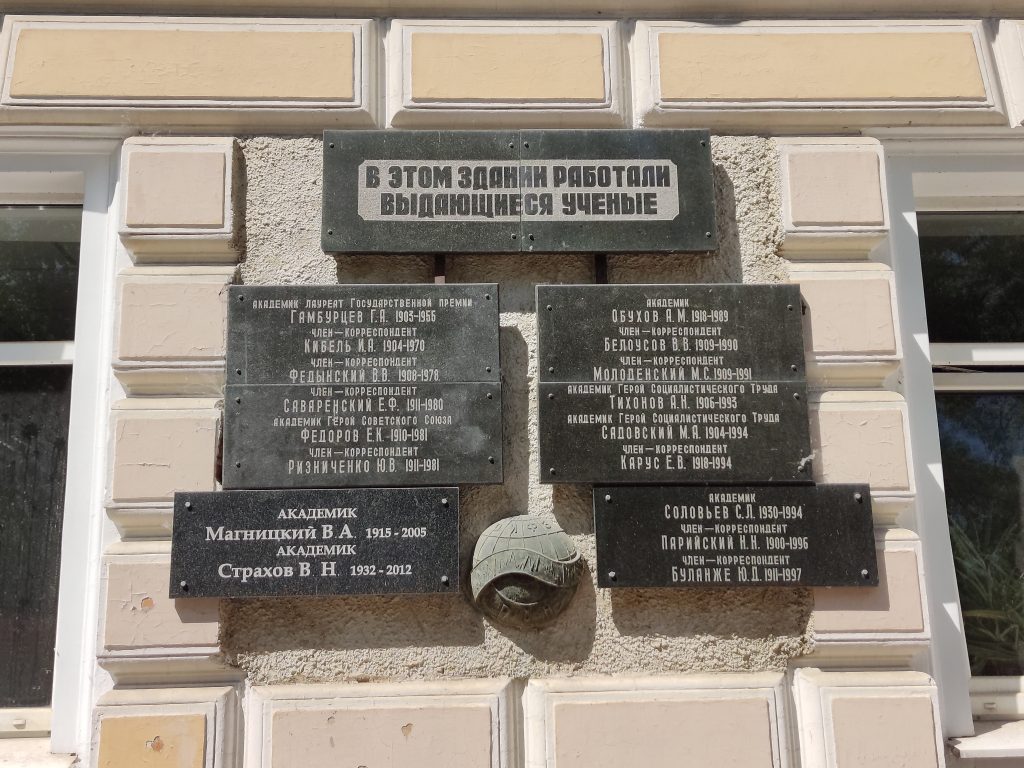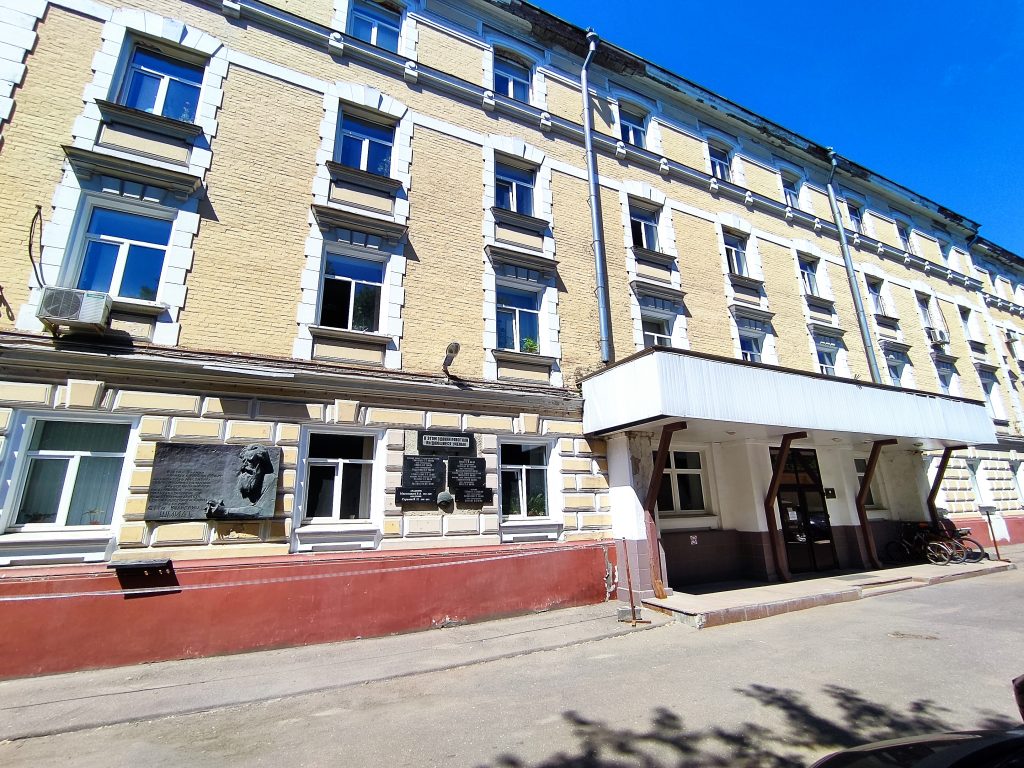Mikhail Sergeevich
Molodensky
1909-1991

Mikhail Sergeevich Molodensky was an outstanding geodesist and geophysicist, corresponding member of the USSR Academy of Sciences. He was born on June 16, 1909 in Tula (according to other sources – in Epiphany), graduated from Moscow State University in 1932, after which he worked at TsNIIGAiK. Since 1946 he worked at the Geophysical Institute of the USSR Academy of Sciences, since 1956 – at IFZAN. He developed the theory of the figure of the Earth and its gravitational field, which changed the classical ideas about the methods of solving the main problem of higher geodesy. He proposed a method for studying the shape of the physical surface of the Earth, free from any assumptions about the distribution of masses in the Earth’s crust and therefore of significant practical importance. In 1961, he developed a more complete unified theory of nutation and tidal deformations of the Earth, with the help of which the values of the period of free near-day nutation for two models of the Earth’s core were calculated. In 1963, N. A. Popov, from the analysis of observations of bright zenith stars in Poltava, discovered a free near-day nutation of the Earth’s rotation axis, theoretically predicted by Molodensky. He was awarded the Stalin Prize of the second degree – for the scientific work «Basic issues of geodetic gravimetry», the Stalin Prize of the third degree – for the collective development and implementation of spring gravimeters for geophysical exploration, the Lenin Prize – for the creation of methods for determining the gravitational field, the figure of the Earth and the theory of Earth tides.
Evgeny Villiamovich
Karus
1918-1994

Evgeny Villiamovich Karus was a Soviet geophysicist, Doctor of Physical and Mathematical Sciences, Professor, corresponding member of the USSR Academy of Sciences, Honored Worker of Science and Technology. Also, he was a founder of the scientific school of geoacoustics. He was born on November 1, 1918 in the city of Kaluga. After finishing Kaluga Secondary School №5, in 1935 he entered Moscow Geological Exploration Institute, from which he successfully graduated in 1940, receiving an engineering degree. He made a significant contribution to various areas of geophysics: the theory of seismic and geoacoustic studies, complex geophysical studies in order to study the deep zones of the Earth’s crust and the regularities of the formation of mineral deposits, the study of the structure of the ice cover and seismicity of Antarctica, earthquake forecasting. The scientific discovery of the phenomenon of paragenesis of subvertical zonal-ring geophysical, geochemical and biogeochemical fields in the sedimentary cover of the earth’s crust belongs to Evgeny Villiamovich Karus. Based on the works of Karus on the theory of high-frequency seismic waves, for the first time in world practice, methods of geoacoustic studies of wells for oil and gas exploration, searches for ore bodies in engineering seismic exploration were discovered. Karus supervised the creation of the first seismograph in the USSR with digital recording for observations on the Moon and the first nuclear physical studies of lunar soil samples by instrumental activation analysis, as well as the development of a new method of geophysical research based on the use of stationary harmonic oscillations (80-6000 oscillations per second), which opened up new opportunities for studying the physical properties of rocks in natural conditions. In 1982 he was awarded the State Prize. He was the scientific editor of the scientific journal “Geophysics” and the mining encyclopedia on geophysical exploration methods. He was the Honored Worker of Science and Technology of the RSFSR. He was awarded the USSR State Prize.
Address: Moscow, Bolshaya Gruzinskaya str., 10, p. 1

